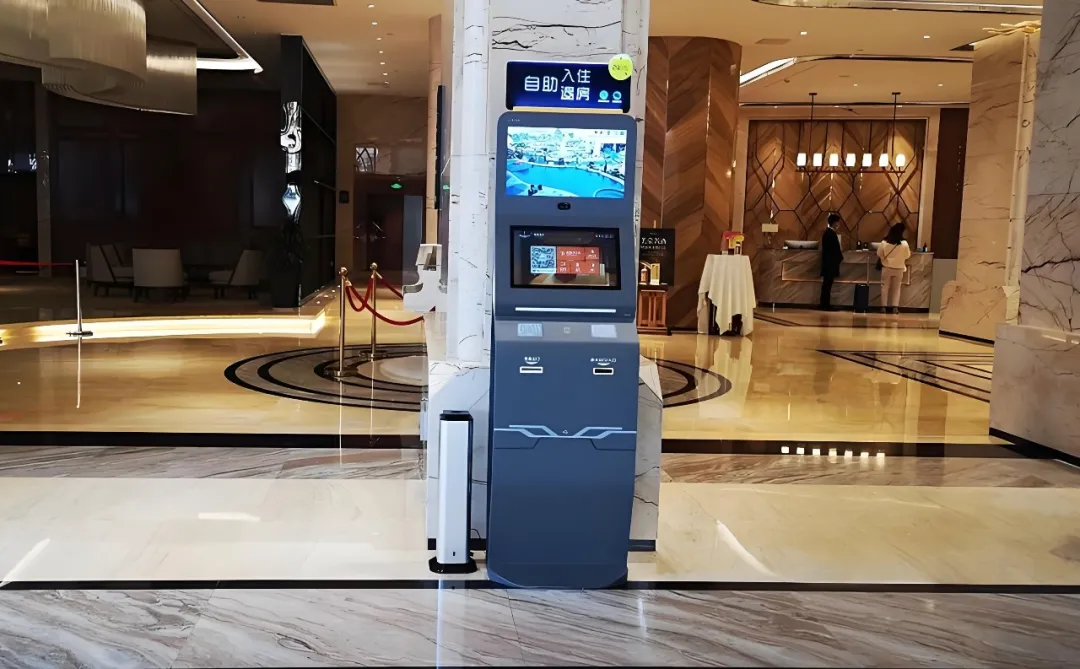In recent years, as the demand for convenience and efficiency continues to rise, the hotel industry has also begun to pursue intelligent management methods. The hotel unmanned self-service machine system integrates technologies such as human-computer interaction, facial recognition, intelligent control, and voice recognition, combined with software applications. Guests can complete self-service operations such as identity recognition, room selection, payment, automatic issuance of room cards, check-out/renewal, etc. This achieves unmanned operation and self-service entry for hotels, saving labor costs and enhancing the guest experience.

Hotel unmanned self-service machine functional requirements
Identification: Support identification, automatically read ID card information, and automatically enter information.
Facial recognition: Support facial recognition function, compare facial recognition results with document information to ensure consistency.
Human-machine interaction: Support touchscreen operation for self-check-in, check-out, and extension.
Payment: Integrate multiple payment methods for guests to pay room fees conveniently.
Receipt printing: Support automatic printing of check-in vouchers, such as room cards and invoices. Guests can directly check in to the room with the check-in voucher.
According to the actual requirements of the hotel unmanned self-service machine, the Qiyang IAC-RK3568-CM core board based on the RK3568 processor can be selected for implementation. The RK3568 core board has significant advantages in performance and related configurations, fully meeting the various functional requirements of hotel self-service terminal equipment.
(6) (2).jpg)
The Qiyang RK3568 core board adopts a quad-core Cortex-A55 architecture, with a maximum frequency of up to 2.0GHz. It integrates an independent NPU, providing 1 TOPS computing power, which efficiently executes complex AI algorithms to meet the hotel self-service terminal's requirements for facial recognition functionality. This brings a fast and accurate recognition experience, enhancing user convenience and security.
The core board supports multiple display interfaces such as HDMI, LVDS, EDP, and MIPI, providing diversified display options. It supports triple display with different content, allowing users to choose the appropriate display scheme according to their needs. The board supports the I2C interface for connecting touch screens, enabling human-computer interaction functionalities for guests to self-check-in, check-out, and extend their stays.

